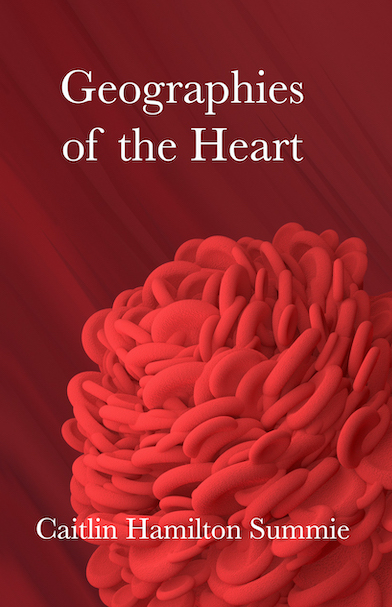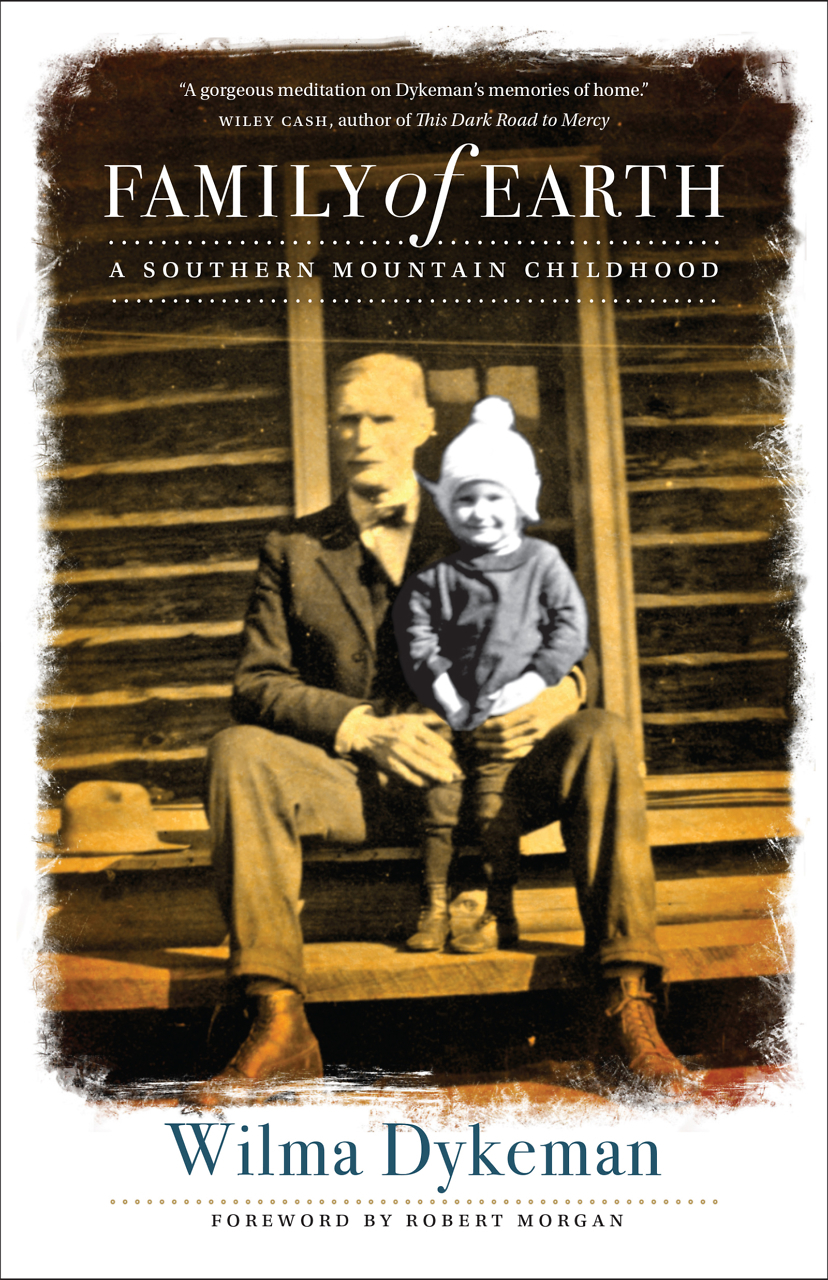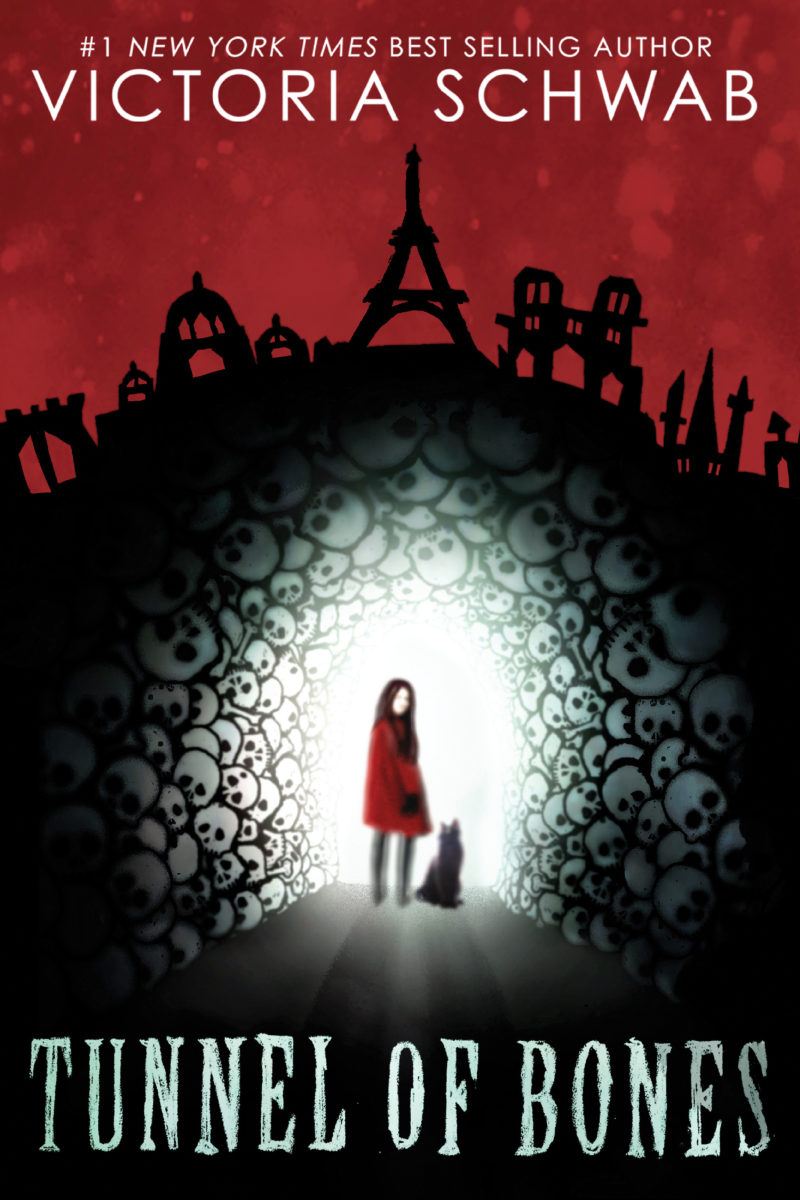Home is a Long Way From Here
Linda Leaming writes a fascinating memoir about finding herself, and a family, in Bhutan
In “The Problem With Memoirs,” a brutal but fabulously entertaining essay in The New York Times, Neil Genzlinger argues that the memoir genre is out of control, that the paper mountain of unremarkable narratives by mediocre writers must be stopped, stat. “A moment of silence, please, for the lost art of shutting up,” he writes. “In a possibly futile effort to restore some standards to this absurdly bloated genre,” Genzlinger offers a few guidelines for would-be memoirists, concluding that what makes a good memoir is “not a regurgitation of ordinariness or ordeal, not a dart thrown desperately at a trendy topic, but a shared discovery.”
By virtue of its subject alone, Linda Leaming’s Married to Bhutan: How One Woman Lost Got, Said “I Do” and Found Bliss more than meets the mark. Certainly, Bhutan is unknown to most Americans. “I have friends who still think the entire country is a figment of my imagination,” Leaming writes. “So few people have heard of Bhutan. It’s bad for the world, which should know that a country like it exists; but it’s good for Bhutan, nestled deep in the Himalayas between Tibet and India. The tiny Buddhist country thrives with little outside influence. A modern day Shangri-La, it is one of the most seductive and interesting places on the globe.”
It takes at least twenty-six hours to get to Bhutan from the United States, via no fewer than four aircraft. And this Asian country is home to only about 650,000 people, many of whom live in remote and very crude circumstances, by Western standards. Access to electricity and running water aren’t givens, and roads can be unreliable, dangerous, and even deadly in monsoon season. Goods—at least the kind that you’d actually want to buy—are hard to come by, and schools are sometimes many miles from where children live.
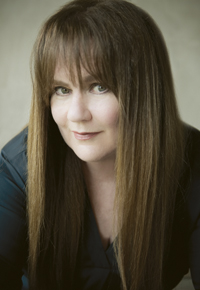 But years ago, when Carol Stein, owner of the Cumberland Gallery in Nashville, showed Leaming the photos of her family’s trip to Bhutan, wanderlust trumped prudence and the writer was moved to travel there. And she stayed. Her book, a product of more than a decade in Bhutan, is equal parts diary, travel guide, and history lesson. (It’s also a very funny diary, travel guide, and history lesson.) Through Leaming’s eyes, readers discover not just an overlooked dot on the map, but also a culture arguably more evolved and, in some ways, superior to our own.
But years ago, when Carol Stein, owner of the Cumberland Gallery in Nashville, showed Leaming the photos of her family’s trip to Bhutan, wanderlust trumped prudence and the writer was moved to travel there. And she stayed. Her book, a product of more than a decade in Bhutan, is equal parts diary, travel guide, and history lesson. (It’s also a very funny diary, travel guide, and history lesson.) Through Leaming’s eyes, readers discover not just an overlooked dot on the map, but also a culture arguably more evolved and, in some ways, superior to our own.
Bhutan is a place, for example, where a focus on eco-friendliness has been fashionable for many decades. There’s no Styrofoam and few plastic bags, the author writes, because Bhutan’s last “enlightened monarch” (a king who later abdicated his throne in favor of democracy) preferred gross national happiness over gross national product for the Bhutanese people. Consequently, “the army makes rum and scotch; and the government dispenses condoms—ribbed, flavored, dotted, your choice—to all of its citizens for free,” Leaming writes.
Leaming’s attraction to the beautiful, quirky place was enough to motivate her to spend her savings and stay as a volunteer English teacher at a local school. She even learned some Dzongkha, the difficult local language rarely heard outside of Bhutan, and began a traditional courtship with Phurba Namgay, the Bhutanese artist and teacher who would become her husband. When they met, Namgay had never seen an airplane, owned a suit, or shopped in a mall, among other novelties: “He’d never seen a rodeo, the Metropolitan Museum of Art, or the Rubin Museum of Art in New York filled with Himalayan art, or drunk a single-malt scotch.”
As Leaming tells it, Namgay would be a catch anywhere in the world. He would carry water in from the river, heat it, and prepare baths for his bride. He cooked for her, comforted her selflessly, and even mended her tights without being asked. “I tried to imagine other men I knew mending tights,” Leaming writes. “I couldn’t. He had been raised in a culture where many men learned to embroider and sew. I found that wonderful. Besides the level of caring and skill, the attention to detail amazed me. And it made me sad that in the U.S. we don’t mend things anymore. Mending and fixing broken things is deeply satisfying.”
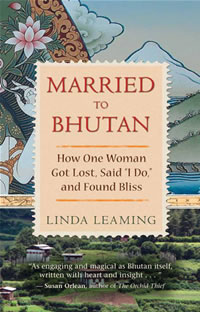 Leaming and Namgay, who have now been married for over a decade, currently split their time between Nashville and Bhutan (where, somewhat appropriately, Ronnie Milsap enjoys unprecedented airplay). In an email exchange with Chapter 16, Leaming says she warned the prime minister of Bhutan, whom she’d recently interviewed for an article, that her book was coming out soon and “he’d better get ready for an onslaught of middle-aged American women who will most certainly come to Bhutan to look for husbands.”
Leaming and Namgay, who have now been married for over a decade, currently split their time between Nashville and Bhutan (where, somewhat appropriately, Ronnie Milsap enjoys unprecedented airplay). In an email exchange with Chapter 16, Leaming says she warned the prime minister of Bhutan, whom she’d recently interviewed for an article, that her book was coming out soon and “he’d better get ready for an onslaught of middle-aged American women who will most certainly come to Bhutan to look for husbands.”
Married to Bhutan is a triumph for cultural understanding, an enjoyable amble through a mountain wonderland, and a nice lesson, too, in Buddhist culture. It’s a gift for those who’d never have the courage or fortitude to uproot themselves and move halfway across the world, the perfect vehicle for a vicarious experience. And it’s affirmation for those who have given over to adventure and chucked one life for another.
It’s also a love story, though one not so much about the author’s marriage as about finding a true home. “I make no secret of the fact that I think my Bhutanese friends and family live more sanely than many people around the globe,” Leaming writes. “They are my patient teachers. What I write and all I know is the experience of an outsider who had the extraordinary good luck to be welcomed into this unique place. It has been life-altering. In a way, it is a real marriage. For better or worse, for richer or poorer, my life belongs to Bhutan.”
Linda Leaming will sign copies of Married to Bhutan from 5 to 8 p.m. on April 7 at Nashville’s Cumberland Gallery. Artwork by Leaming’s husband, Bhutanese artist Phurba Namgay, will be on display.
